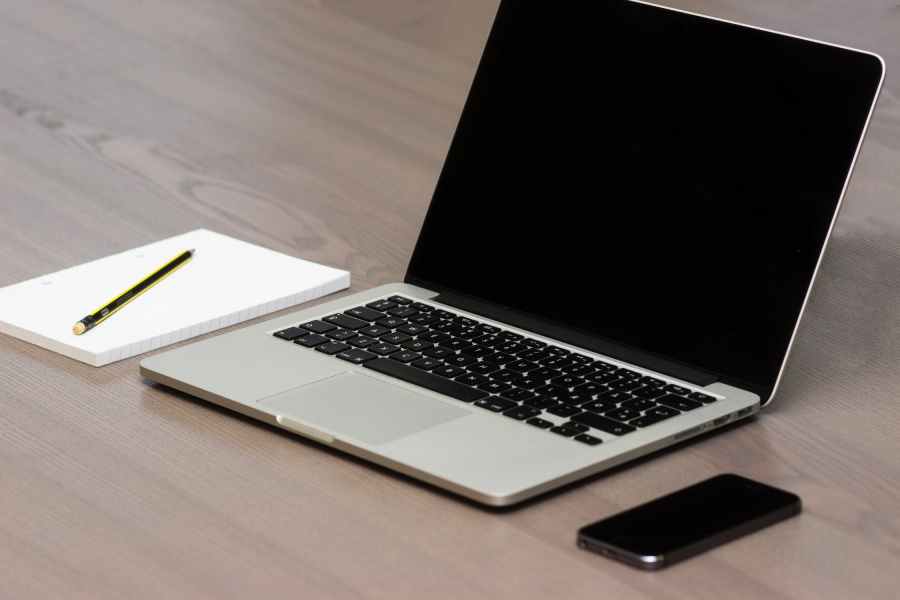Where Is the Clipboard on a Dell Laptop

As the computer hardware industry evolves so, too, have the terms to describe the wide variety of computer products. You may be wondering if your personal computer a laptop or a notebook? The answer is that they are not the same thing. There are differences. Generally speaking, portable notebook computers are viewed as smaller, lighter versions of the larger laptops. However, there are more differences to this. Let's explore them in greater detail.
Background and History
To understand the differences between laptops and notebooks, it's important to know some of the history behind both. Most computer historians point to the Osborne 1 (1981) from Osborne Computer Corp. as the first personal computer designed to be portable. At 24 pounds, calling it "portable" was truly a stretch. However, it did include a small screen, battery pack, floppy drives, and bundled software. But the computer never gained traction with the public. Two years later, Radio Shack came out with a much lighter (4 pounds) portable version of its Model 3 computer that most closely resembled a modern laptop as we know them today.
The first known notebook computer was released by NEC in 1988, followed a year later portable, by Apple with its Macintosh Portable, which later evolved into the PowerBook.
P ortability
What makes today's laptops and notebooks desirable is the ability to carry them and use them anywhere. Laptops are portable but come with a heavier battery, larger screens (10 to 18 inches), and more hardware within like a CD/DVD drive. That makes them generally weigh between 5 to 10 pounds. Notebooks tend to have smaller overall dimensions for both screens and keyboards, making them slimmer to carry and hold, and a general weight of less than 5 pounds. This size is preferred by students and consumers who only do light Internet use or computing. DVD drives are usually not found on notebooks.
F eatures
Many computer users know that laptops contain more features than notebooks. A few of the laptop's basic features include:
- Full keyboard
- Powerful central processing unit (CPU) and cooling system
- Longer life battery
- DVD/CD drive
- Higher Video Graphics Array (VGA) screen
In contrast, in exchange for its smaller size and lighter weight, the notebook's basic features are:
- Thinner than average laptops
- Lighter weight than laptops
- Enough power to do basic computing tasks
- Enough battery power
- Lower costs than average laptops
Cost
Notebooks, especially Google's Chromebook series, have dropped dramatically in price during the past few years. You can certainly find an operational Chromebook notebook for less than $150 in 2020. Windows laptops, for example, are increasingly more expensive, often running $500 and up for a higher-end laptop. This is why notebooks are enjoying a surge in popularity among students, seniors, and others. Costs are lower, portability is high, and the amount of functional computing is enough for most users.
U ser Need
The difference in notebooks and laptops usually comes down to differences in price, portability, and features. It's up to the user to know what is needed in a personal computer and what type of work for which it will be used. Knowing the particular needs will help to determine the level of laptop or notebook will be enough computer for one's uses.
MORE FROM REFERENCE.COM
Where Is the Clipboard on a Dell Laptop
Source: https://www.reference.com/world-view/laptops-notebooks-same-thing-91fa68eddbd69e60?utm_content=params%3Ao%3D740005%26ad%3DdirN%26qo%3DserpIndex
0 Response to "Where Is the Clipboard on a Dell Laptop"
Enregistrer un commentaire